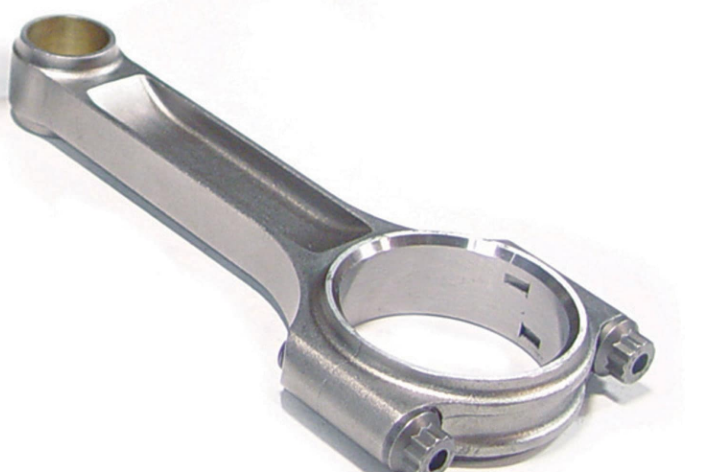Connecting rods are critical components found in numerous types of machinery, most commonly in internal combustion engines. They serve the purpose of transferring motion from the piston to the crankshaft and help convert reciprocating motion into rotational motion, which is a crucial aspect of how these engines function. Let’s delve deeper into the subject to better understand the importance, construction, and functions of these mechanical elements.
Understanding Connecting Rods
Connecting rods are typically made of steel or aluminum and have a long, cylindrical shape with flat ends. One end is larger and contains a hole to connect with the crankshaft, while the other smaller end attaches to the piston. The larger end is also known as the ‘big end,’ and the smaller end is known as the ‘small end.’
The Role of Connecting Rods in Engines
In the functioning of an internal combustion engine, connecting rods play a pivotal role. They are responsible for translating the linear motion of the pistons into rotational motion of the crankshaft. This rotation is what ultimately powers the vehicle or machinery. The rods must be sturdy and rigid as they are subjected to substantial stresses and strains during operation.

Construction and Materials
The construction of connecting rods is vital to their performance and durability. High-quality steel, aluminum, and sometimes titanium are used in their manufacture. Steel rods are known for their strength and are typically used in high-performance applications. Aluminum rods, on the other hand, are lighter and can help reduce the overall weight of the engine.
Failures and Maintenance
Despite their robust construction, connecting rods can fail due to several reasons such as material fatigue, improper installation, or insufficient lubrication. Regular inspection and maintenance can help in early detection of any potential issues, thereby preventing catastrophic engine failures.
In conclusion, connecting rods are an integral part of internal combustion engines. They convert linear motion into rotational motion, providing the necessary power for vehicle operation. Made from sturdy materials and designed to withstand high levels of stress, these rods require regular maintenance to ensure optimal performance and longevity.